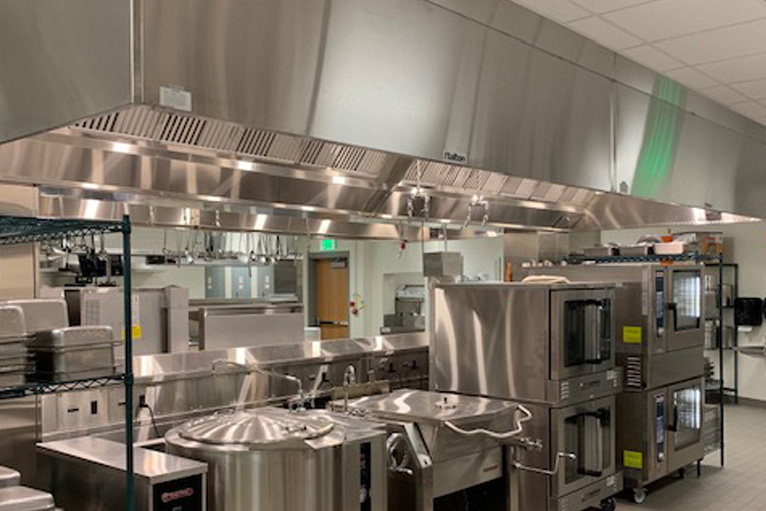The International Mechanical Code (IMC) provides the answers to the question. Chapter 507.1.1 Operations spells out the requirements for automatic activation of the exhaust system when appliances are turned on. If a kitchen ventilation system has demand ventilation controls, they satisfy the requirements. In the absence of such controls, other means need to be applied.
Assuming a Demand Control Ventilation (DCV) system is not installed, a fan switch would typically be deployed to energize the exhaust manually. If the operator fails to turn on the exhaust system manually, a means of energizing the exhaust fan is required to install.
IMC 507.1.1 states in part: “The exhaust fan serving a Type I hood shall have automatic controls that will activate the fan when any appliances that require such Type I hood is turned on, or a means of interlock shall be provided that will prevent operation of such appliances when the exhaust fan is not turned on…”

These IMC interlocks take the form of an RTD (Resistance Temperature Detector) mounted in the hood canopy area. When the temperature reaches a predetermined set point (usually in the range of 85⁰F to 90⁰F) the exhaust fan is energized automatically. The IMC interlock should not be wired as the primary method of energizing the exhaust fan, but a safety backup when the exhaust fan switch is not flipped.
If you require help understanding the IMC interlocks in more detail, contact the hood manufacturer or ask the experts.
Our recommended next article would be: System Neurology of a Kitchen Ventilation System
Leave us a comment below, and we will answer, if you have any questions, please send us a message here
Subscribe today to kitchenventilation.com
Stay up to date by subscribing to Halton’s Commercial Kitchen Ventilation Blogs by entering your email address to subscribe and Halton will provide you with the latest information on commercial kitchen exhaust hoods, pollution control units, air handling, and safety systems. You will receive notifications of new posts by email.

